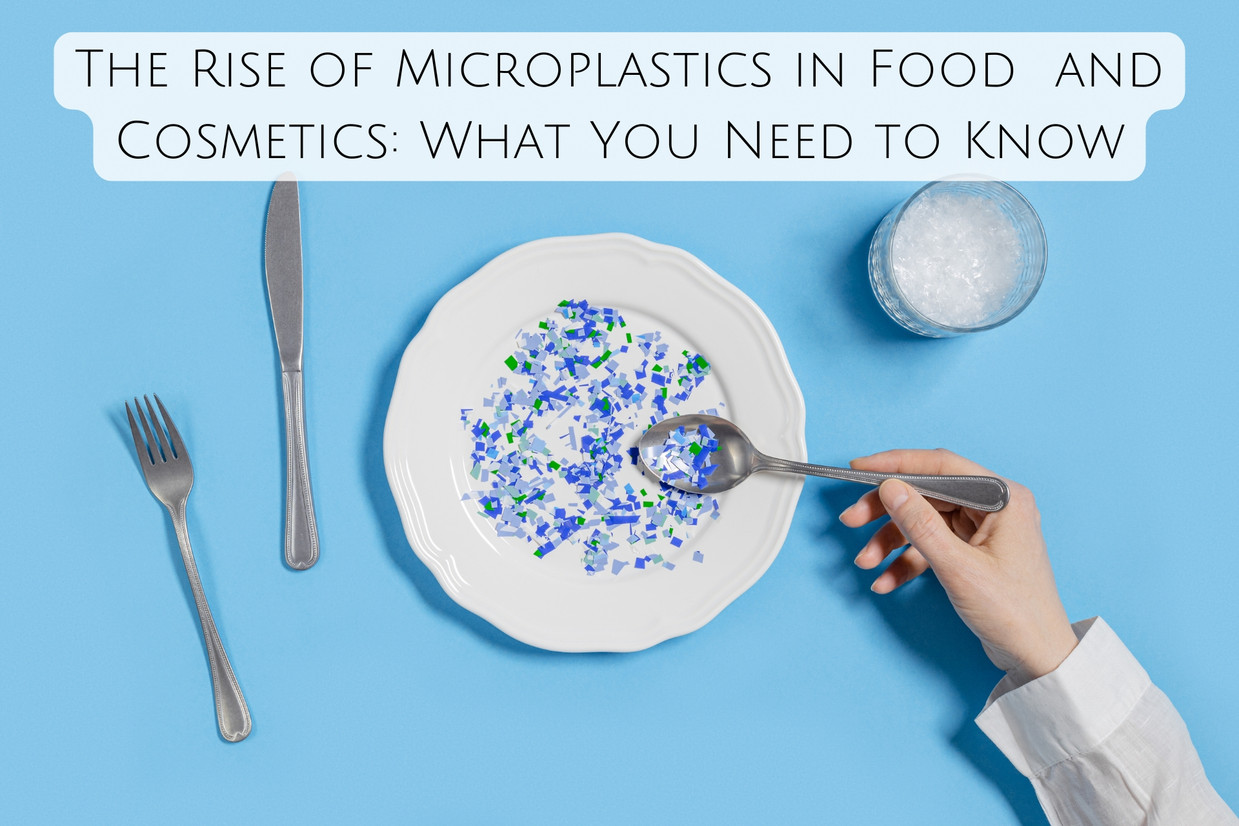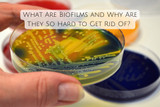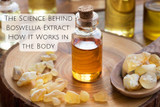The Rise of Microplastics in Food and Cosmetics: What You Need to Know
Microplastics tiny fragments of plastic less than 5 millimeters long are becoming an increasingly prevalent issue in our food and personal care products. These tiny particles not only pose a threat to our environment but may also impact our health, as they infiltrate the food we eat and the cosmetics we use daily. In this blog, we’ll explore how microplastics enter our food and cosmetics, potential health risks, and steps we can take to reduce exposure.
What Are Microplastics?
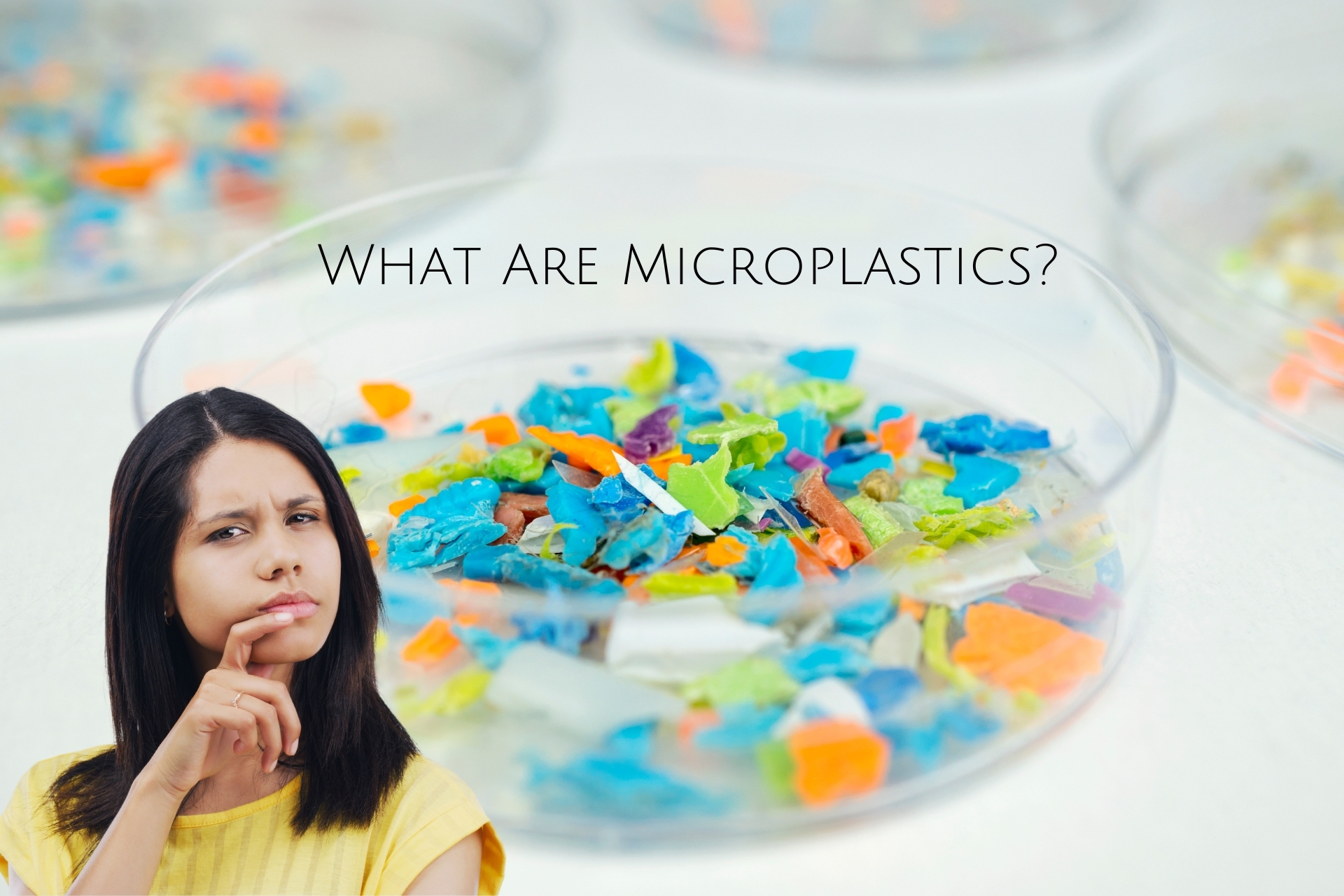
Microplastics are minuscule plastic particles that either originate as small plastics (primary microplastics) or break down from larger plastic items (secondary microplastics). Primary microplastics are often manufactured at this size and are commonly found in products such as exfoliating scrubs and synthetic fibers in clothing. Secondary microplastics result from the degradation of larger plastic products due to exposure to sunlight, heat, and physical friction. Both types end up in the environment, where they pollute water sources, oceans, and soil.
These tiny particles enter natural ecosystems primarily through waste and pollution, eventually accumulating in the bodies of aquatic and terrestrial animals. As microplastics disperse widely through our ecosystems, they find their way into our food and water, posing new challenges for human health.
Pathways of Microplastics into Our Food Chain
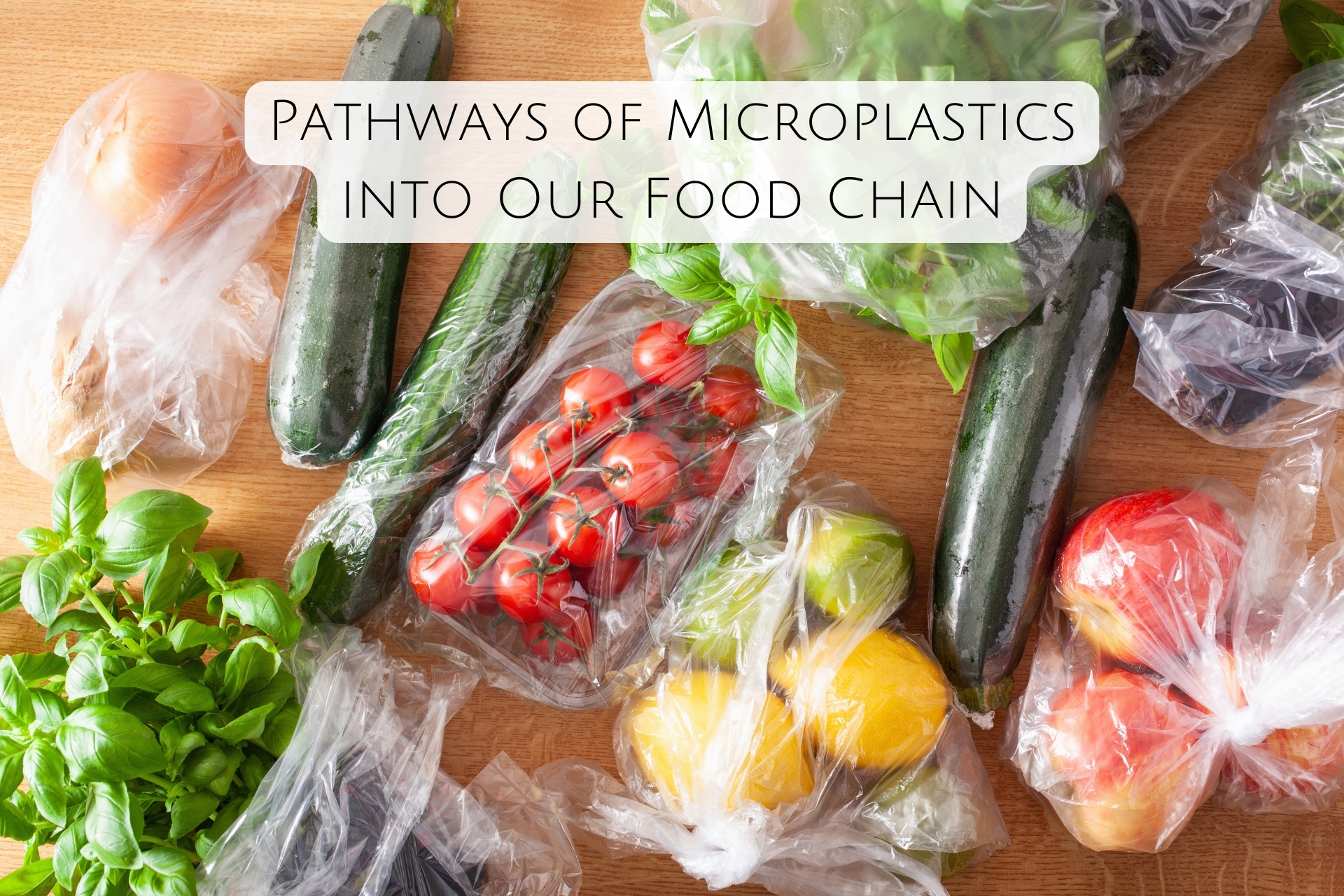
Microplastics enter our food chain through various pathways. One primary route is through the oceans, where plastic debris breaks down and is ingested by marine life. Seafood, particularly shellfish and small fish, has been found to contain significant amounts of microplastics, as these animals often filter-feed, inadvertently consuming microplastic particles floating in the water.
Land-based foods aren’t immune, either. Studies have shown that microplastics can enter soil through the application of fertilizers made from sewage sludge. These particles can then be taken up by crops, contaminating fruits and vegetables. Microplastics have even been found in drinking water supplies, with both bottled and tap water showing traces of plastic particles. This pervasive contamination means that nearly every level of our food supply, from ocean creatures to terrestrial plants, is affected.
Microplastics in Cosmetics
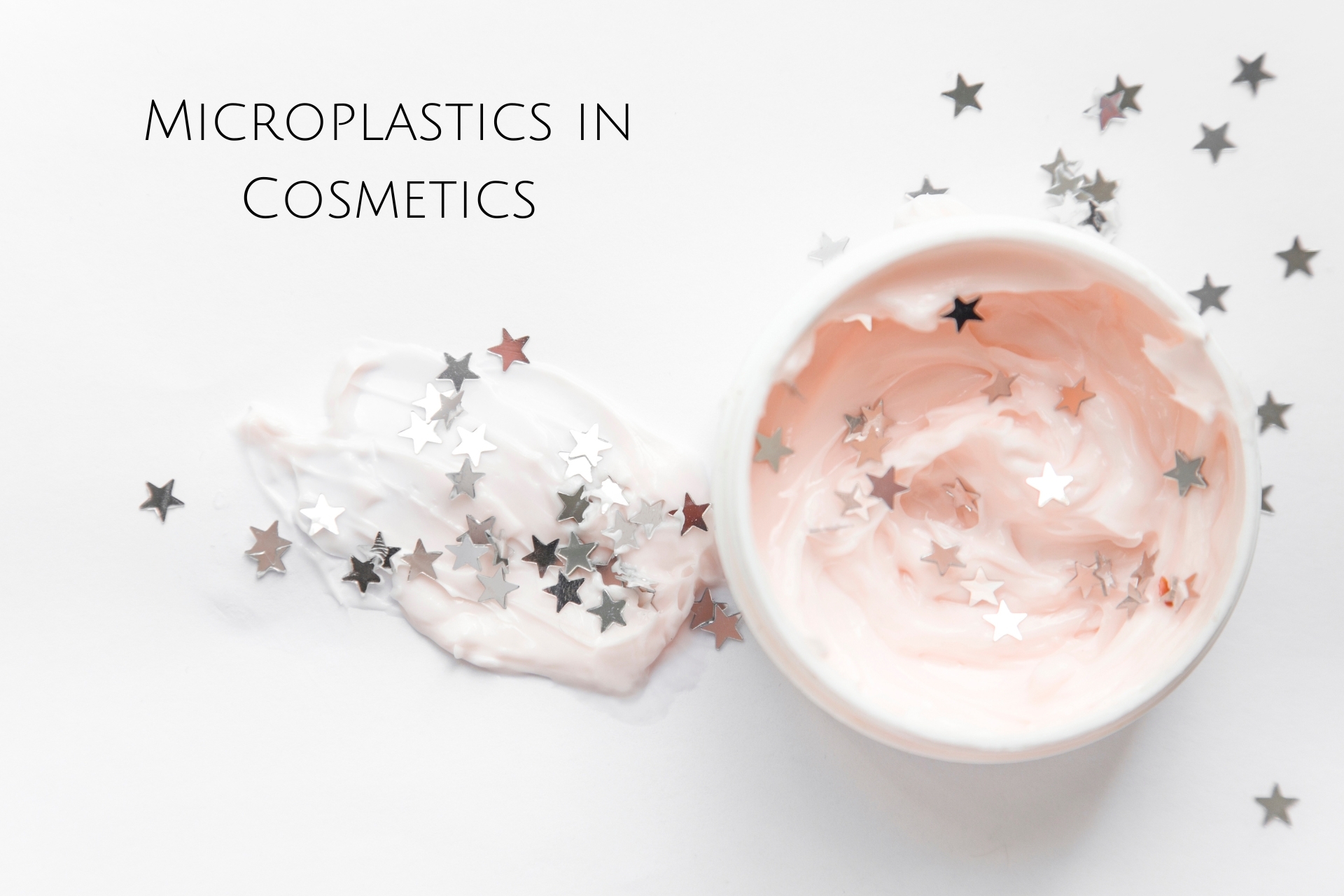
Microplastics are also widely used in the cosmetic industry. They’re often added to exfoliating products, like face scrubs and toothpaste, due to their abrasive quality, which helps remove dead skin or plaque. They’re also used as fillers to create specific textures or consistencies in makeup and other personal care items. Once these products are washed down the drain, the microplastics in them enter our water systems, passing through filtration plants that aren’t equipped to filter out such small particles.
In addition to exfoliants, microplastics are found in lotions, shampoos, conditioners, and nail polishes. These particles persist in the environment, accumulating in rivers, lakes, and oceans, where they continue to pollute ecosystems and make their way back into our food and water.
Health Risks Associated with Microplastics
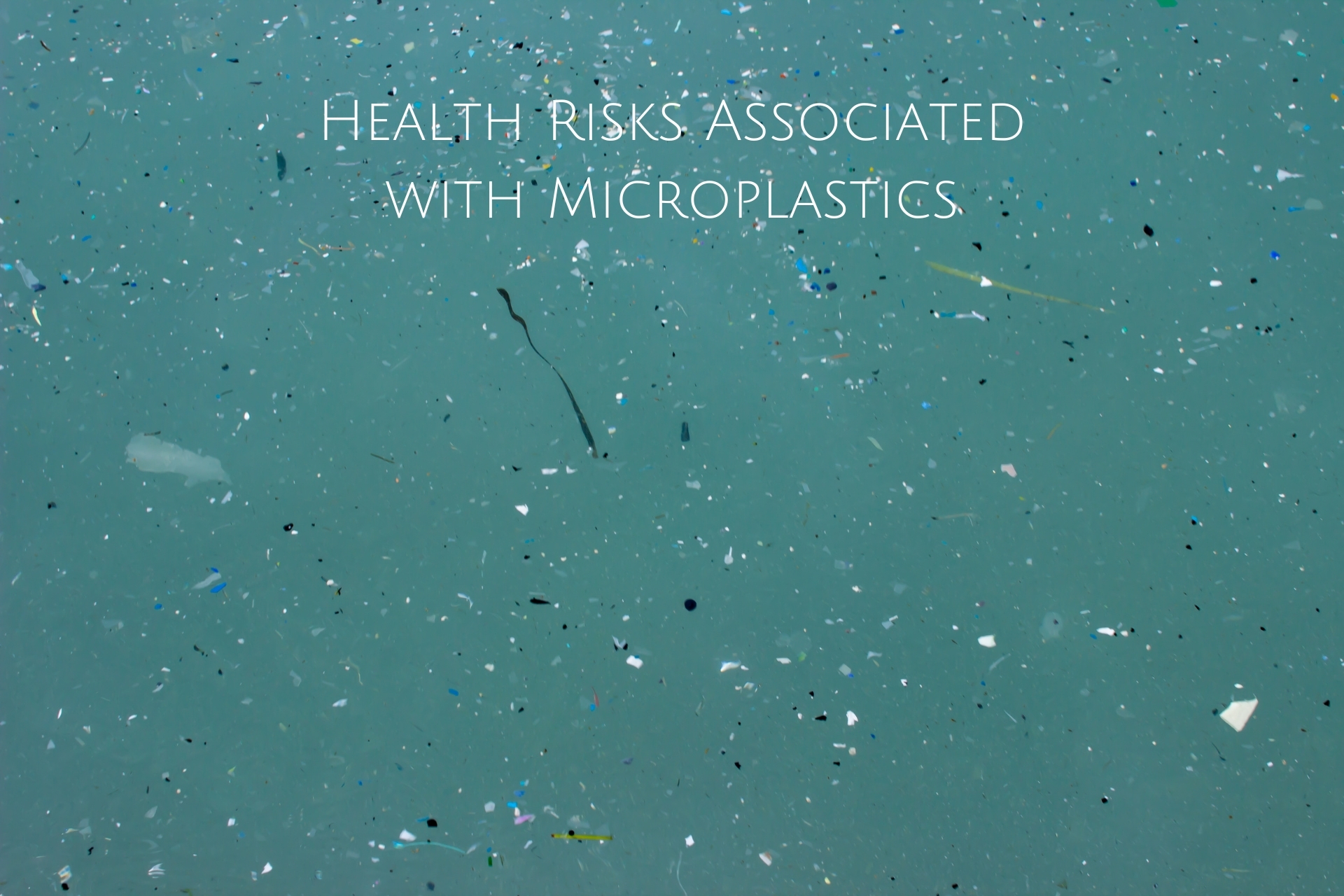
The health risks of ingesting and absorbing microplastics are still being studied, but early research suggests there may be significant consequences. One concern is that microplastics can pass through the digestive tract and accumulate in bodily tissues. Additionally, plastics contain chemicals like phthalates and bisphenol A (BPA), which are known endocrine disruptors. These chemicals can interfere with hormone regulation, potentially leading to issues in reproductive health, metabolism, and immune function.
Moreover, microplastics can act as vectors for other harmful substances, absorbing pollutants, heavy metals, and pathogens from their environment. When ingested, these contaminants may be released into the body, possibly causing inflammatory responses and affecting digestive and immune health. Although more long-term studies are needed, the presence of microplastics in the human body raises valid concerns about their potential to disrupt cellular functions and contribute to chronic health conditions.
Reducing Microplastic Exposure in Daily Life
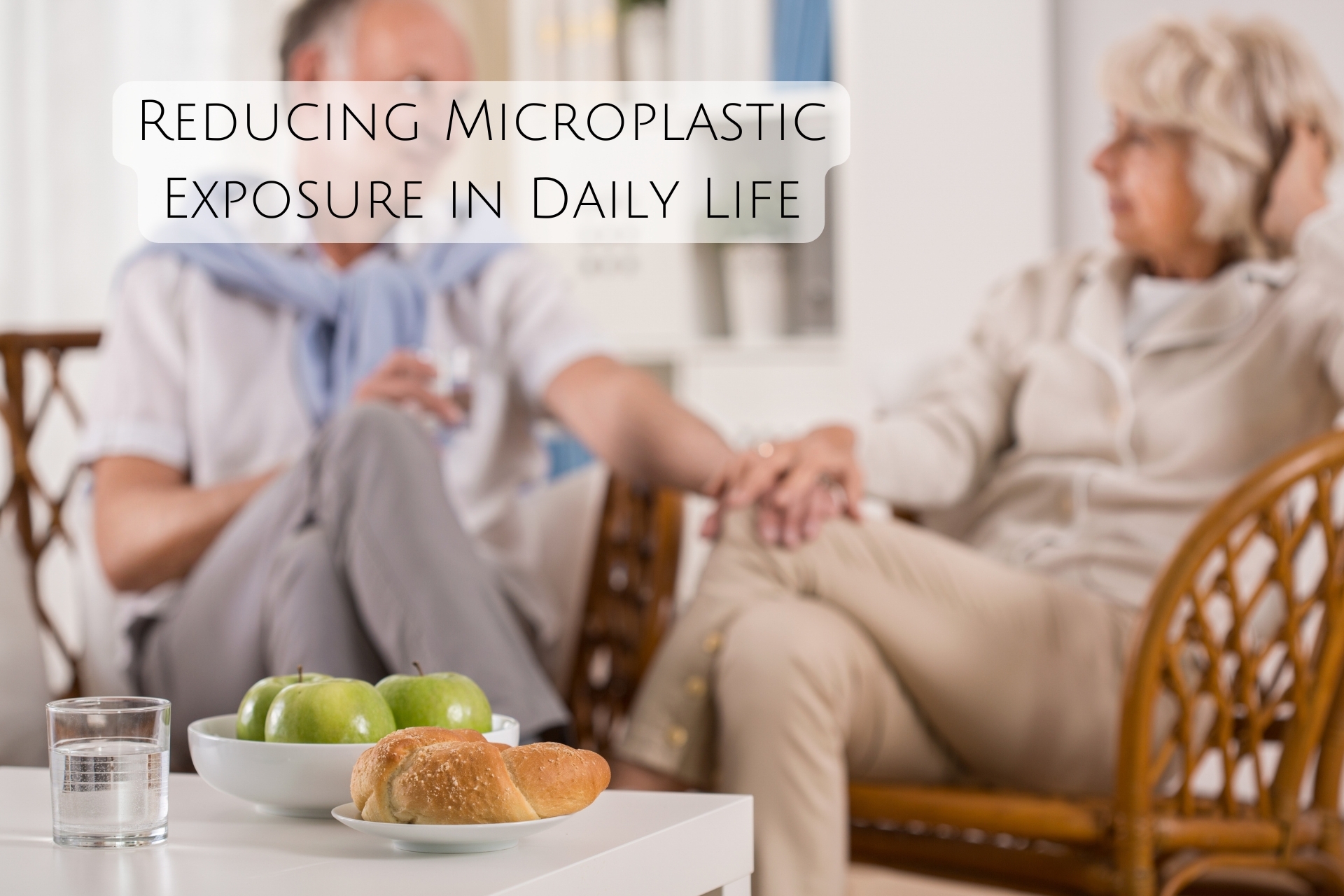
Reducing exposure to microplastics can be challenging, but certain steps can minimize your risk. Here are some practical ways:
-
Opt for Microplastic-Free Cosmetics: Look for personal care products labeled “microplastic-free” or those certified by eco-friendly organizations. Many brands now offer alternatives to microplastic-containing exfoliants, using natural ingredients like crushed apricot seeds or sugar.
-
Choose Filtered Water: Water filtration systems with high-quality filters can help remove microplastics from your drinking water. Although no filter is perfect, using a reverse osmosis system or a filter specifically designed for microplastic removal can significantly reduce contaminants.
-
Limit Processed Foods: Some processed foods may contain microplastics through packaging or production processes. Where possible, choose whole foods and avoid excessive plastic packaging to limit your exposure.
-
Avoid Synthetic Clothing: Synthetic fibers, like polyester and nylon, shed microplastics during washing. Opt for natural fibers such as cotton, wool, or linen, and consider using a microplastic-filtering laundry bag to trap fibers if you do wash synthetic items.
Steps Taken by Governments and Industries
Recognizing the dangers of microplastics, many governments and industries are taking steps to reduce their prevalence in consumer products. In 2015, the United States passed the Microbead-Free Waters Act, banning microbeads in rinse-off cosmetic products. The European Union has also proposed banning intentionally added microplastics in products by 2025, which would cover a wide range of personal care items.
Meanwhile, cosmetic brands are taking steps to reformulate their products, opting for biodegradable alternatives instead of plastic-based ingredients. Some companies are also investing in eco-friendly packaging, reducing the need for single-use plastics. These initiatives demonstrate a growing awareness of the microplastic issue and a commitment to finding sustainable solutions that protect human health and the environment.
Conclusion

The rise of microplastics in food and cosmetics highlights a pressing issue in modern society. While microplastics have become widespread in our ecosystems and everyday products, we can take steps to reduce our exposure and advocate for change. By choosing eco-friendly products, filtering water, and supporting companies committed to reducing plastic usage, we can each play a part in minimizing the impact of microplastics on our health and the environment.
Informed choices today contribute to a healthier planet tomorrow. As researchers continue to uncover the potential impacts of microplastics, awareness and action remain essential in combating this pervasive issue and protecting the well-being of future generations.
Recent Posts
-
What Are Biofilms and Why Are They So Hard to Get Rid Of?
Biofilms are fascinating yet challenging structures that have significant implications for health, i
-
The Science Behind Boswellia Extract: How It Works in the Body
Boswellia serrata, also known as frankincense, is a resin obtained from the Boswellia tree that has
-
The Role of Un-Natured Protein in Enhancing Detoxification
While the human body is well-equipped with a detoxification system—primarily managed by the liver, k

